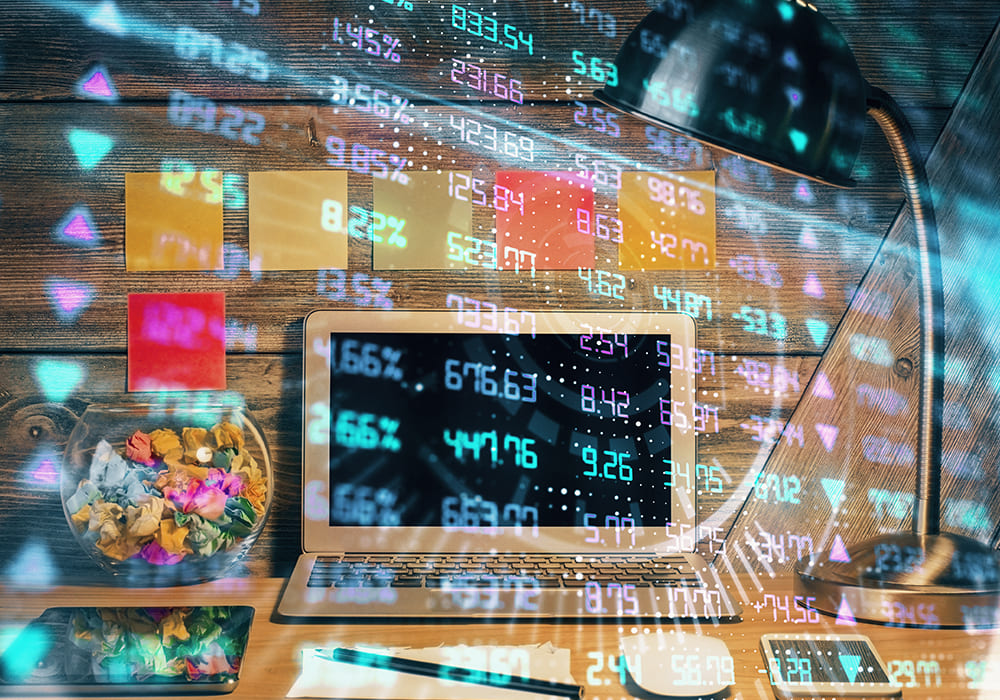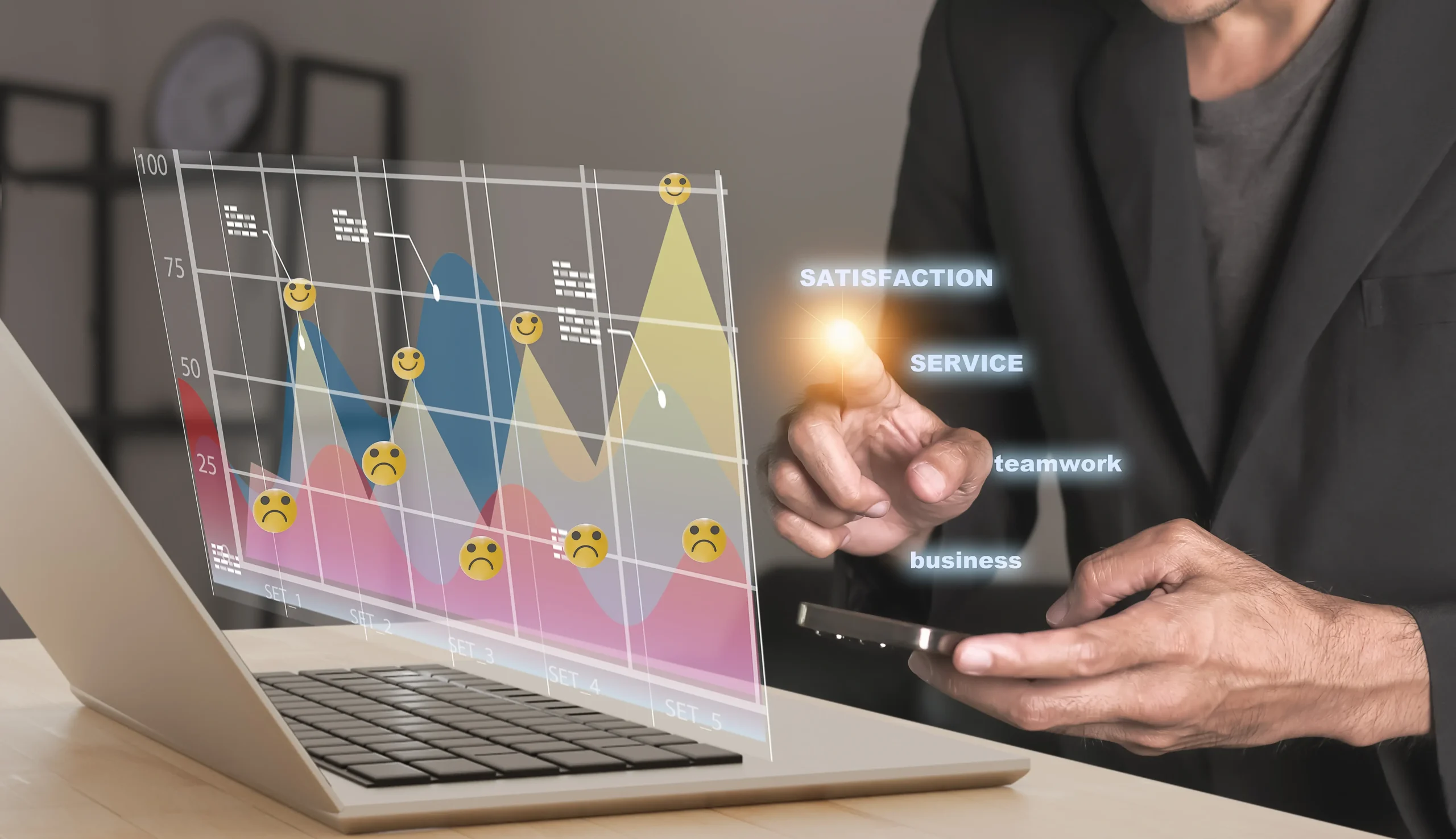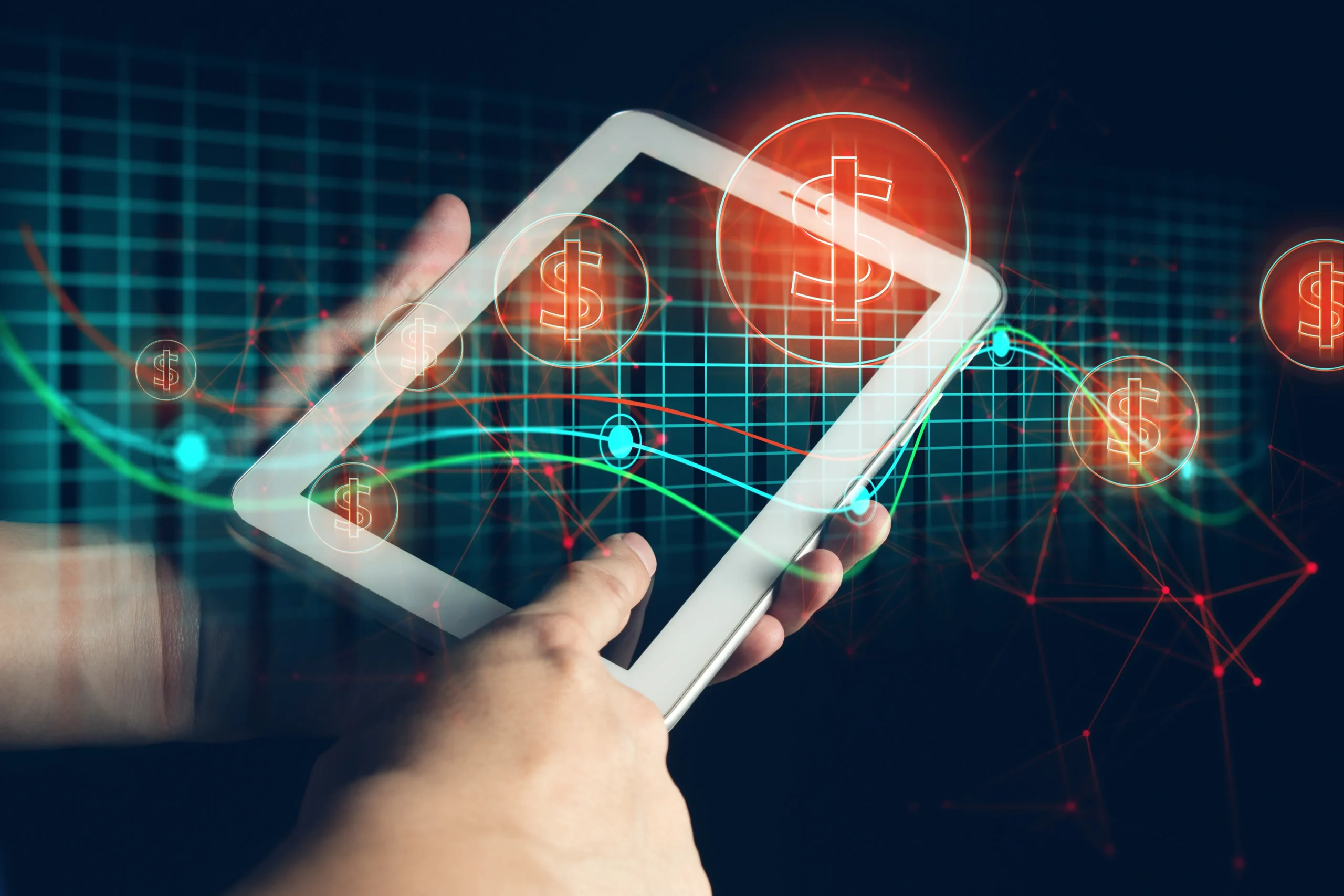Algorithmic trading-namely, “algo trading”-has been one of the pivotal changes in the financial markets as of late. It allows both institutional and retail traders to execute trades with unprecedented speed, along with an unprecedented level of accuracy.
This is applied by using a pre-programmed algorithm on simple or complex trading strategies based on market indicators. We will cover in great detail its various benefits and risk components, not to mention its ever-changing role in today’s markets.

Benefits of Algorithmic Trading
Among the most significant benefits of algorithmic trading is the speed and precision with which it can guarantee execution. Algorithms execute trades in milliseconds, whereas human traders can only respond much more slowly than that, offering them a window of opportunity on those brief instances when a good price appears in a fast market. It especially plays out to an enormous advantage in turbulent environments where rapid price shifts are common.
Also, with algorithms, traders are allowed to carry out complex strategies based on second-level observations of technical indicators, statistical data, or even specific events in the market. In this way, automation will also eliminate some human frailties, such as fear or greed, and maintain trades in concert with the intended strategy.
Algorithmic trading further helps increase the liquidity of the markets. Due to constant buying and selling, algo traders make the markets more liquid so that participants can quickly get in and out of the positions. The more liquid a market, the smaller the bid-ask spreads. Hence, prices become even more efficient for everybody concerned.
Risks of Algorithmic Trading
Algo trading has lots of advantages but introduces other types of risks. The main danger is the possibility of flash crashes-when prices of assets sharply fall and create panic in the market. Flash crashes happen when several algorithms start to react simultaneously to certain market situations and create mass sell-offs. A very well-known example is the Flash Crash of 2010, when the US stock indices crashed and then rebounded within minutes.
However, the design, back-testing, and perfecting of a trading algorithm are complex activities, involving huge technical knowledge. A minor bug in coding or some unanticipated market event leads to losses that come as a surprise. In fact, earlier, such malfunctioning brought large trading companies to their knees financially by underestimating the careful design of algorithms and extensive testing that was required.
Chain Reaction of Flash Crash:
- Step 1: The algorithms detect small price changes and send initial sell orders.
- Step 2: The selling sets off other algorithms, creating sharp price drops.
- Step 3: Circuit breakers are triggered. This is a preventive measure.
Another big risk in algo trading is cybersecurity. Due to the high reliance on technology, algorithms turn into potential targets for cyber threats which could compromise trades and cause trouble to market integrity.

How It’s Changing the Market?
Algorithmic trading has significantly changed the face of the trading environment. HFT is one variety of algorithmic trading wherein firms take advantage of small price differences in a security available across different exchanges.
This, in return, has compressed the bid-ask spreads and thereby enhanced trading volume, which in turn has decreased transaction costs-a boon for retail investors considering the overall cost of transactions. At the same time, it has also been at the expense of traditional traders, who cannot compete with the speed and volume of HFT.
Algorithmic trading has also brought its share of changes in regulatory aspects. The market regulators have introduced circuit breakers and other mechanisms that could avoid extreme market volatility by temporarily halting the trading mechanism in cases of sharp price movement. This helps in stabilizing the markets with a view to avoiding flash crashes.
While artificial intelligence and machine learning continue to evolve, so does the potential for algorithmic trading. These technologies are enabling more adaptive algorithms, which can predict market behavior with increasing accuracy-more likely to solidify their role in shaping future markets.






